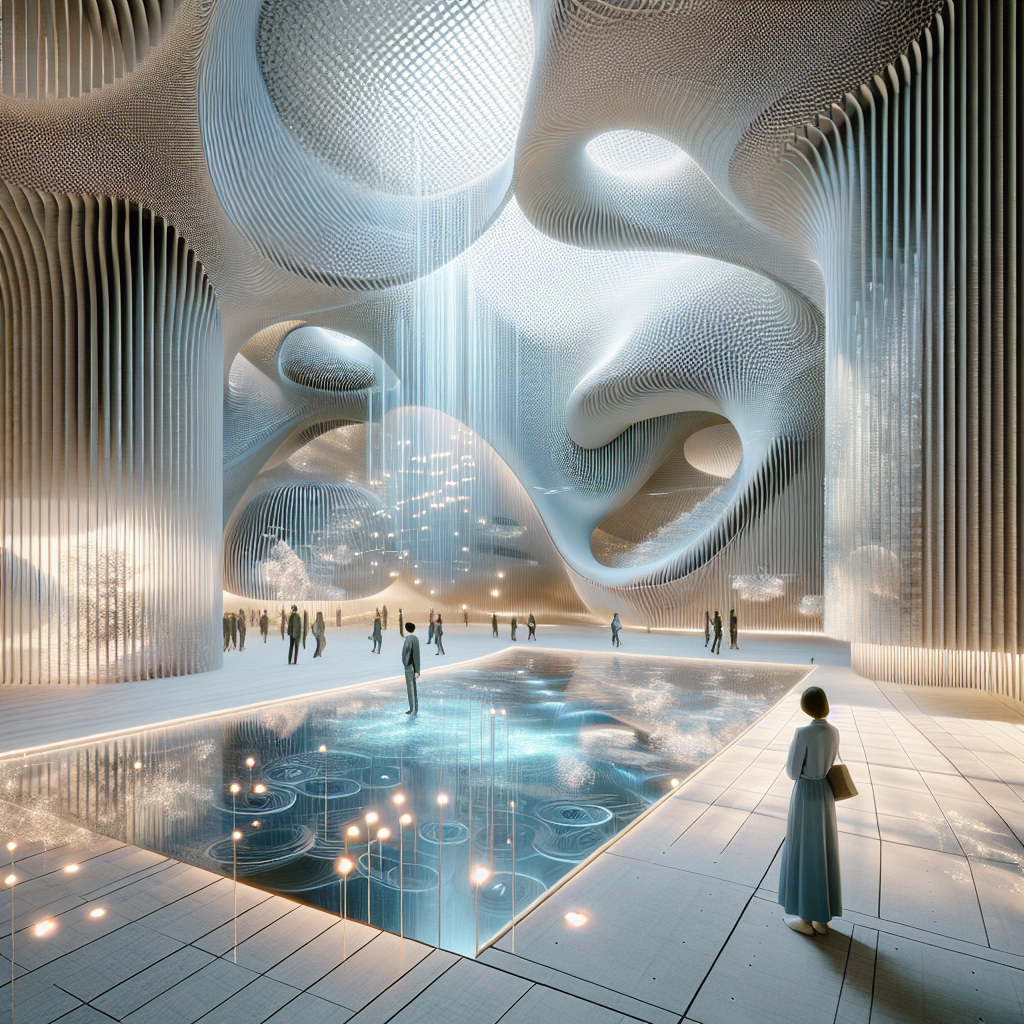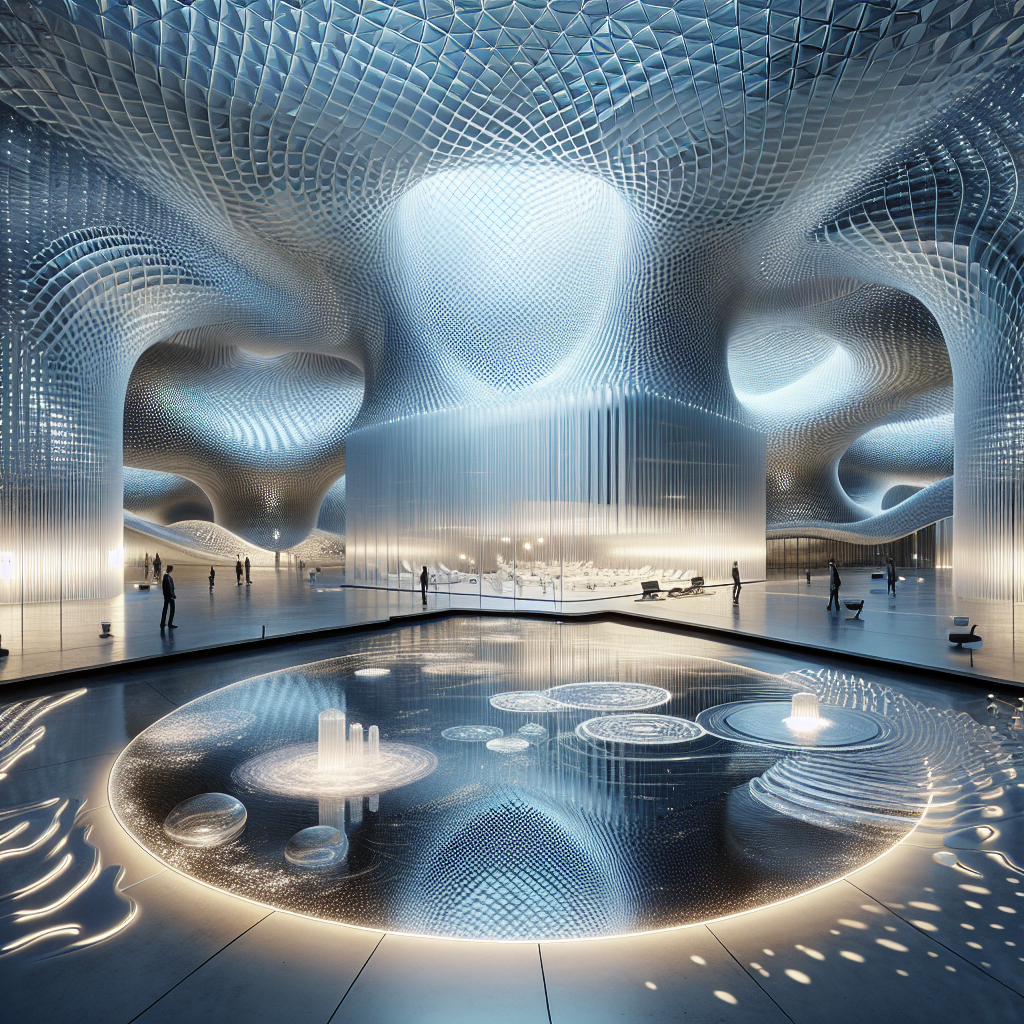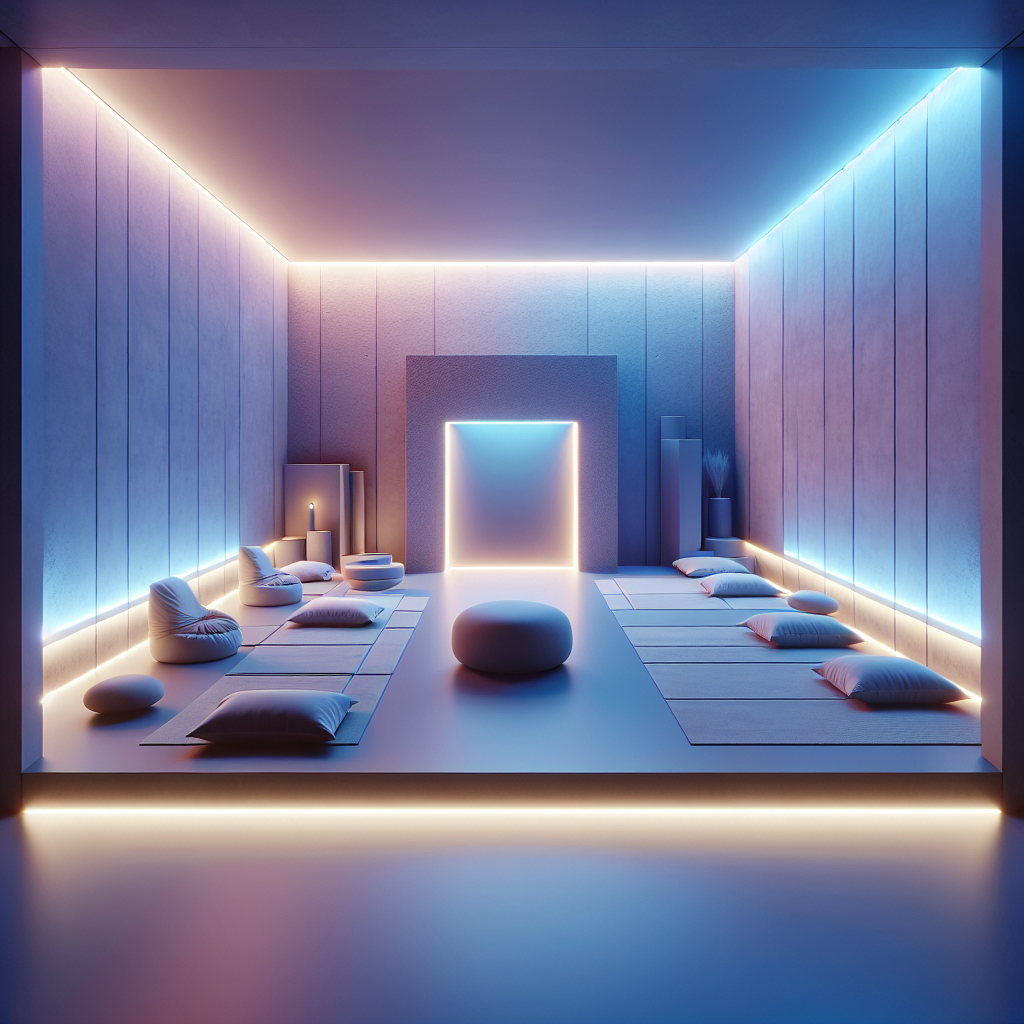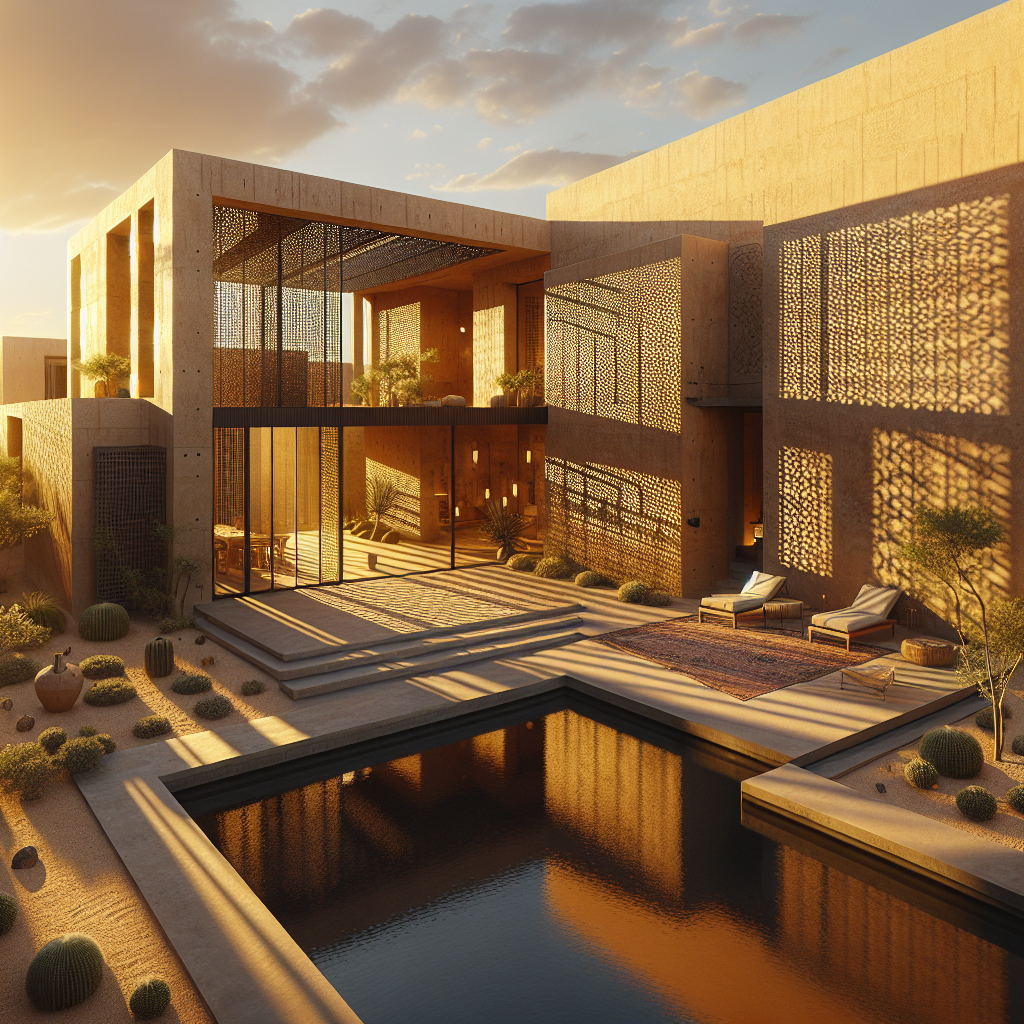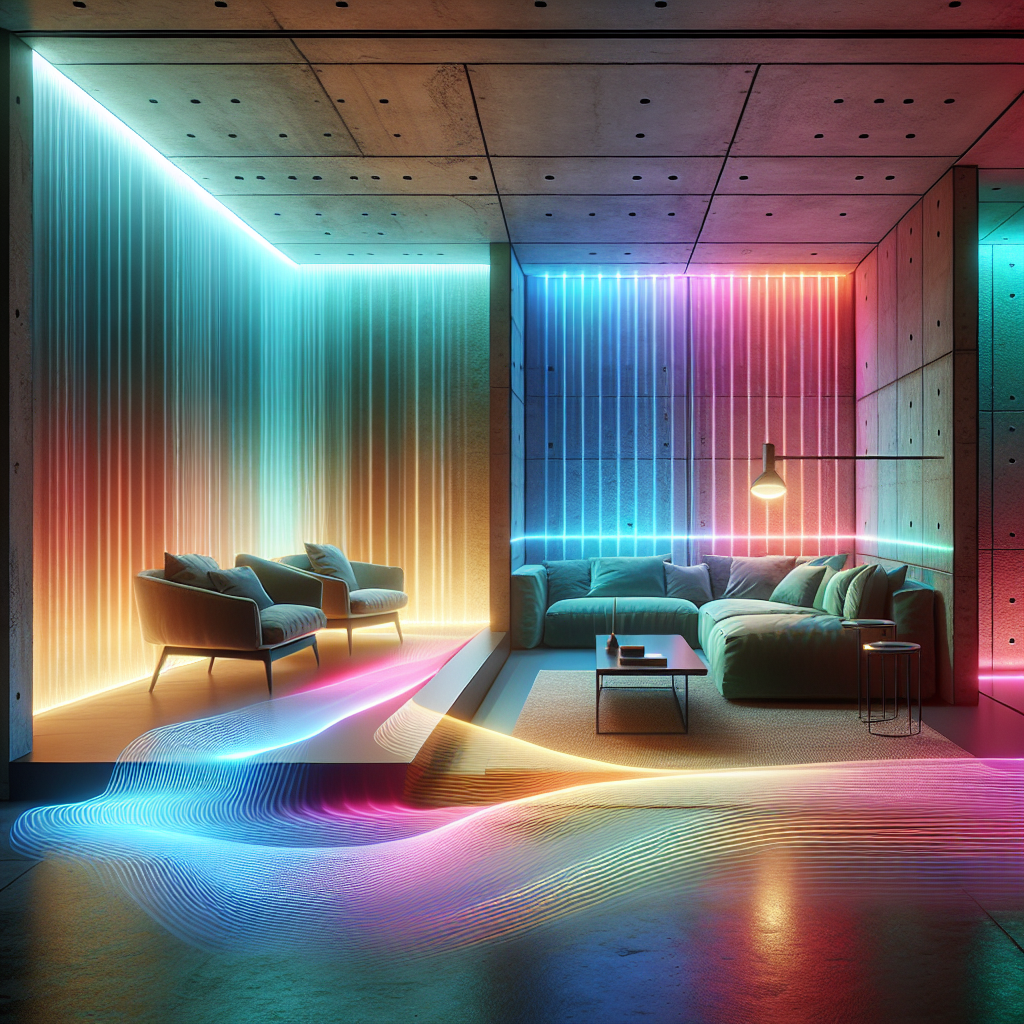Sonic architecture spaces designed based on rhythmic vibrations
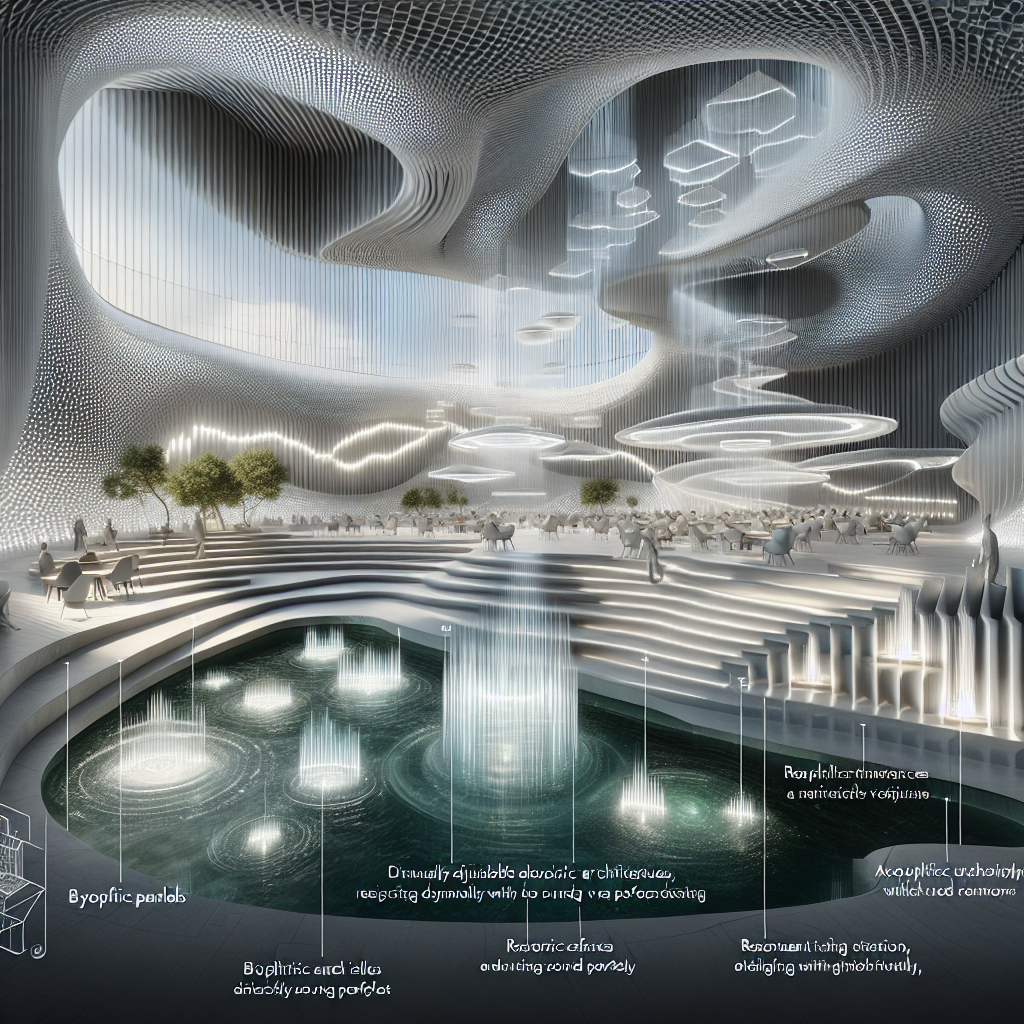
Sonic Architecture: Designing Spaces with Rhythmic Vibrations
Architecture has long been perceived as a visual and tactile experience, but a new wave of designers is embracing sonic architecture—a discipline that integrates sound, rhythm, and vibration into the built environment. By orchestrating rhythmic vibrations within architectural spaces, designers are crafting immersive experiences that engage the body beyond sight and touch. This fusion of acoustics and form is redefining how we interact with spaces, making sound an integral part of architectural storytelling.
The Science Behind Sonic Architecture
At its core, sonic architecture leverages the principles of acoustics and vibration to shape environments that resonate with human perception. Every material has a unique frequency response, meaning that walls, floors, and ceilings can be designed to amplify or dampen specific sounds. By strategically placing resonant materials, architects can create spaces that influence mood, focus, and even physiological responses.
For instance, in wellness centers, architects are incorporating low-frequency vibrations into floors and walls to promote relaxation. Similarly, in high-energy public spaces, rhythmic soundscapes are used to enhance movement and engagement. This approach is not only aesthetic but also functional, influencing how people behave and feel within a space.
Historical Precedents and Modern Innovations
The concept of sound-driven architecture is not entirely new. Ancient civilizations, from the Greeks to the Mayans, designed amphitheaters and temples with acoustics in mind. The echo chambers of medieval cathedrals, for example, were intentionally crafted to enhance choral music, creating an ethereal experience for worshippers.
Today, architects are pushing these ideas further with cutting-edge technology. Parametric design and digital fabrication allow for the precise manipulation of surfaces to control sound waves. The rise of parametric architecture has enabled designers to experiment with organic, undulating forms that not only look futuristic but also shape sound in innovative ways.
Case Studies: Sonic Architecture in Action
One of the most striking examples of sonic architecture is the Harpa Concert Hall in Reykjavik, Iceland. Designed by Henning Larsen Architects in collaboration with artist Olafur Eliasson, the building’s crystalline façade interacts with both natural light and sound, creating a dynamic sensory experience. The structure itself acts as an instrument, reflecting and refracting sound waves to enhance performances.
Another pioneering project is the Soundforms Pavilion, a mobile performance space designed to optimize acoustics for live music. Its shell-like structure is engineered to project sound outward while reducing external noise interference, making it a prime example of how architecture can be both sculptural and functional.
In urban environments, designers are integrating soundscapes into public spaces to enhance the experience of city life. The use of green roofs and vertical gardens, for instance, helps absorb noise pollution while creating tranquil urban oases.
Biophilic and Sonic Synergy
Interestingly, the principles of biophilic design align seamlessly with sonic architecture. Natural elements such as water features, rustling leaves, and bird songs are being incorporated into architectural projects to create spaces that mimic the calming effects of nature. By blending organic soundscapes with built environments, architects are fostering a deeper connection between people and their surroundings.
The Future of Sonic Architecture
As technology advances, the possibilities for sonic architecture continue to expand. The integration of AI-driven sound modulation, interactive surfaces, and smart materials is paving the way for buildings that respond dynamically to their occupants. Imagine a workspace where walls adjust their acoustic properties based on the number of people in the room or a home that plays personalized sound frequencies to enhance relaxation.
Moreover, the rise of virtual reality in architectural visualization is allowing designers to experiment with soundscapes before construction even begins. This ensures that sonic elements are considered as early as the conceptual phase, rather than being an afterthought.
Conclusion
The intersection of sound and architecture is not just an aesthetic pursuit—it is a fundamental shift in how we experience space. By designing with rhythmic vibrations in mind, architects are crafting environments that engage the senses in profound ways. Whether through concert halls that amplify musical performances, urban spaces that reduce noise pollution, or homes that enhance well-being through sound therapy, sonic architecture is shaping the future of design. As we continue to explore the untapped potential of acoustics in architecture, one thing is certain: the buildings of tomorrow will not only be seen and touched but also heard and felt.

